EV news
Kia Carens EV Spotted Charging: Expected Launch Nears?

Kia India is gearing up for a major step into the electric vehicle market, and the Carens EV might just be the first model to roll out. The electric version of the popular MPV was spotted undergoing tests in India a few months ago, and now, fresh images from its home country show the car being charged at a station, revealing some important design elements. This is a strong indication that the launch of the Kia Carens EV could be just around the corner.
The overall shape and design of the Carens EV remain quite similar to its internal combustion engine (ICE) counterpart. However, Kia has made some subtle but distinctive changes to ensure the electric version stands out. The front grille has been blanked off, a common feature in EVs to improve aerodynamics. A charging port is now mounted on the front fender, making it easily accessible. The alloy wheels have also received a redesign, featuring an aero-style pattern that enhances efficiency. Other visible updates include revised LED headlamps, new daytime running lights (DRLs), and reworked tail lamps that now feature a sleek connecting light bar.
Inside the cabin, the Kia Carens EV is expected to receive a series of modern upgrades. One of the biggest additions could be a 360-degree camera, making parking and maneuvering in tight spaces much easier. The electric MPV may also come with an advanced driver assistance system (ADAS) featuring Level 2 capabilities, which would include safety features like adaptive cruise control, lane-keeping assist, and automatic emergency braking.
Additionally, Kia might introduce a redesigned dashboard layout to accommodate the EV’s unique controls and displays. The center console is expected to undergo changes to provide more storage space, a necessity in electric vehicles where a gear lever is not required. Another highlight could be an upgraded infotainment system and digital instrument cluster, featuring a brand-new interface tailored to electric mobility. These updates would not only enhance the driving experience but also bring the Carens EV in line with Kia’s latest global EV offerings.
While exact details about the powertrain and battery specifications are still under wraps, industry insiders speculate that the Carens EV will be equipped with a battery pack capable of delivering a driving range of around 400-450 km on a single charge. If true, this would make the Carens EV a strong competitor in the Indian EV market, offering families an efficient and practical alternative to conventional fuel-powered MPVs.
Kia has been steadily expanding its EV lineup globally, with models like the EV6 making a mark in various international markets. The Carens EV, being a more mass-market-oriented vehicle, could serve as a game-changer for the brand in India, where electric vehicle adoption is on the rise. With an increasing number of charging stations being set up across the country and government incentives promoting EVs, the timing for the Carens EV launch seems just right.
Alongside the development of the Carens EV, Kia is also working on a facelifted version of the standard Carens, which is likely to hit the market before the EV makes its debut. The updated ICE version of the Carens is expected to feature design enhancements, new technology, and possibly an improved engine lineup. This could serve as a bridge between Kia’s conventional and electric offerings, catering to different customer preferences.
Kia India has been making strategic moves to strengthen its position in the EV sector. The company has already introduced the premium EV6 in India, and while it is a great showcase of Kia’s electric technology, it remains a niche product due to its high price point. The Carens EV, on the other hand, is likely to be positioned as a more affordable and practical option for Indian buyers looking to transition to electric mobility without compromising on space and features.
Given the growing demand for electric vehicles and the push for sustainable transportation, the Carens EV could be a major milestone for Kia in the Indian market. If the company manages to price it competitively and offer a strong range along with advanced features, the Carens EV could attract a significant number of buyers looking for a family-friendly electric MPV.
As the official launch date is still unknown, all eyes are now on Kia for further announcements. With the recent sightings of the Carens EV at a charging station and increasing speculation about its imminent arrival, it won’t be long before more details emerge. Whether Kia decides to introduce it later this year or in early 2026, one thing is certain – the Carens EV has the potential to make a big impact in the Indian automotive market, ushering in a new era of electric mobility for families.
Article By
Sourabh Gupta
Blog
MG’s Cyberster: India’s Upcoming Premium Electric SUV Set to Launch in July 2025

A Bold Step Into India’s Luxury EV Market
So, MG is about to bring out something pretty cool — the Cyberster, a premium electric SUV, expected to launch around July 2025. It’s their way of stepping up in India’s electric vehicle game and offering something that’s not just green, but also stylish and packed with tech.
EVs are getting popular here, and MG wants to be part of that wave, especially for folks who want a good-looking, comfy ride that’s loaded with modern features.
Striking Design Meets Cutting-Edge Technology
We don’t have all the info yet, but the Cyberster looks sharp. Think sleek and sporty, something that’ll catch eyes on the road.
Inside, expect lots of screens, smart features, and safety tech — basically, everything you’d want to make your drive smooth and fun. Whether it’s a quick city run or a weekend escape, this car’s aiming to make every trip enjoyable.
Performance That Packs a Punch
If you’re paying for a premium electric SUV, you want it to perform, right? While details are still under wraps, MG usually doesn’t disappoint. Expect a good driving range and enough power to make driving fun.
And with fast charging, you won’t be stuck waiting around forever — a big plus for busy folks.
What the Cyberster Means for Indian Consumers
This car means more choice for buyers who want a premium EV. The market is heating up, and it’s great because it gives you options that fit your style and budget.
MG is known for giving good value, so this might be a premium ride without the crazy premium price tag.
Growing Competition: A Win for Buyers
More companies entering the EV space means the competition’s getting fierce — Tata, Mahindra, Hyundai, and now MG all want your attention.
That means better cars, better prices, and more charging stations popping up, making EVs easier to own.
MG’s Vision for India’s EV Future
The Cyberster is just the start for MG. They’re clearly aiming to be a big player in India’s EV scene by giving buyers stylish, tech-packed cars.
As India moves toward greener transport, cars like this will help make electric vehicles the new normal.
Article By
Sourabh Gupta
Blog
India’s EV Market Heats: More Players, More Competition
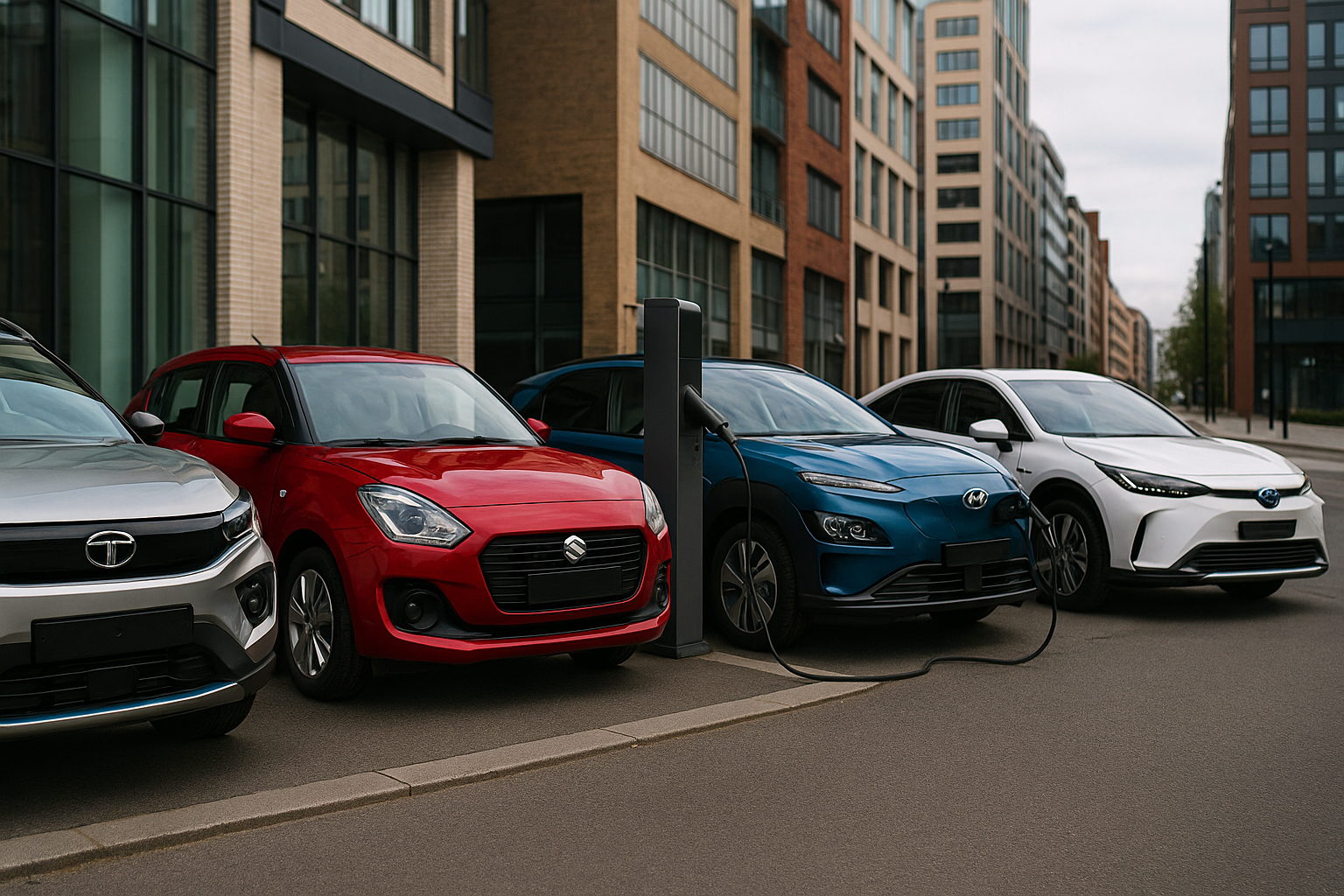
The Electric Vehicle Battle Is Just Getting Started
You know how things are changing fast with electric vehicles here in India? Well, it’s no longer just a couple of companies in the game. Tata and Mahindra have been leading for a while, but now Maruti, Toyota, and Hyundai are jumping in too. It’s turning into a proper race, and that’s great news for anyone thinking about buying an EV.
More players mean more choices, and when companies compete, it usually means better deals and cooler cars for us.
New Entrants Bring Fresh Energy
Maruti Suzuki is like the go-to brand for most Indian families because their cars are affordable and reliable. Now, if they start selling EVs, it’s going to make electric vehicles a lot more reachable for everyday folks.
Then you have Toyota and Hyundai, which have been working on electric cars globally for years. They’re bringing that know-how to India, which means better technology and cars designed to handle our roads and conditions.
This fresh blood is going to push everyone to do better, which is a win for all of us.
What This Means for Consumers
For buyers, this is the best time to consider an EV. You’ll get a wider choice of vehicles — from simple and affordable models to fancy ones packed with features.
Also, with so many companies competing, expect better batteries that last longer, faster charging times, and prices that won’t scare you away.
Charging stations will become more common, making it easier to own and use an EV without stress.
Challenges for Established Players
Tata and Mahindra have done well so far, but now the heat’s on. They’ll need to keep improving their cars and customer service to stay ahead.
More competition means prices might get friendlier, and cars will keep getting better, which is good news for everyone.
The Road Ahead: A Win for India’s Green Future
All this competition will speed up EV adoption, which means cleaner air and less pollution.
With more companies investing in EVs, we’ll see more charging points, better batteries, and more jobs related to green technology.
The future looks electric, and it’s shaping up to be an exciting ride.
Article By
Sourabh Gupta
Blog
Tata Motors Sets Sights on Dominating 50% of India’s EV Market
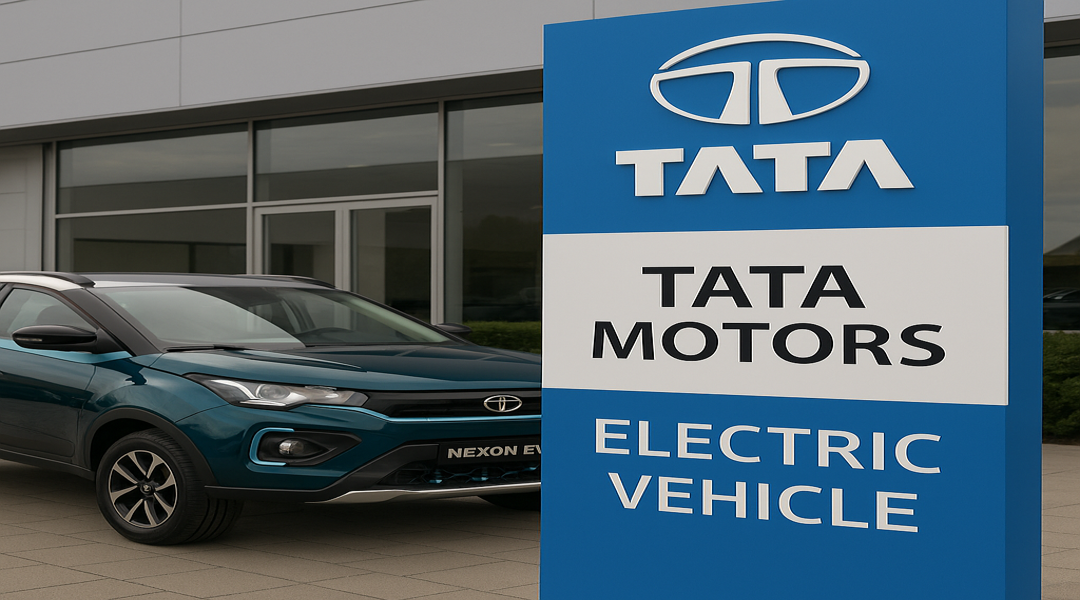
A Bold Ambition in a Growing Industry
Tata Motors isn’t just aiming to be in the EV race — they want to lead it. A recent ET Auto report says Tata wants to grab half of India’s electric vehicle market, which is a pretty big deal.
India’s EV scene is growing fast. More people are thinking about electric cars because petrol prices keep climbing, and folks want cleaner air. With all this happening, Tata’s shooting for the top spot, wanting to hold a massive share of the market.
Where Tata Motors Stands Today
Right now, Tata is the go-to name when it comes to EVs in India. The Nexon EV is one of the best-selling electric SUVs in the country. They’ve also got other models like the Tiago EV and Tigor EV that cover different budgets and needs.
But Tata knows it can’t just sit back and relax. Other brands like Mahindra, MG, and Hyundai are also pushing hard. Tata’s got to keep coming up with new stuff and get better if they want to stay ahead.
How Tata Plans to Achieve Its 50% Goal
So, how do they plan to take over half the market? They’ve got a few things lined up:
Expanding Its EV Lineup
Tata’s working on some cool new electric cars like the Harrier EV, Curvv EV, and the fancy Avinya. These options will give customers more choices, whether they prefer something small and practical or large and luxurious.
Building More Charging Stations
One of the biggest worries about EVs is charging. Tata’s working with Tata Power to set up more chargers across cities and towns. The easier it is to charge, the more people will want to buy EVs.
Making Batteries in India
Batteries are the priciest part of EVs, and importing them adds to the cost. Tata wants to make batteries right here in India, which should help bring prices down.
Going After Fleets and Government Buyers
Tata’s not just focusing on people buying cars for themselves. They’re also selling EVs to taxis, delivery companies, and government fleets. That’s a smart move because these buyers buy in bulk.
Challenges Ahead
It won’t be a smooth ride, though. Tata still has some bumps to cross:
- Battery supply might not always keep up with demand.
- Other companies are catching up fast.
- Not all towns have enough charging points yet.
- Convincing people outside cities to switch to EVs takes time.
The Road Ahead
Tata wants to own half of India’s EV market, and while that’s a huge goal, they have the right plan and the brand to pull it off. For buyers, this means better cars and more choices soon. For India, it’s a cleaner, greener future.
Article By
Sourabh Gupta
-
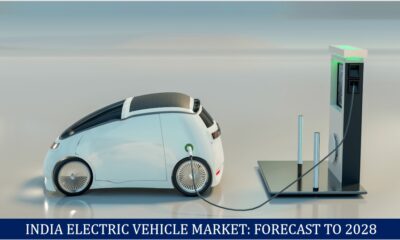
 Blog6 months ago
Blog6 months agoIndia’s Electric Vehicle Market Forecast to 2028 A Rapidly Growing Industry
-
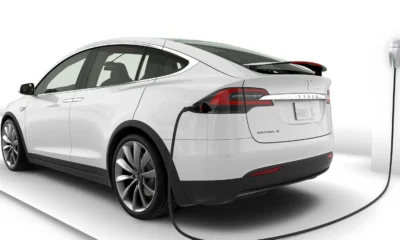
 Blog12 months ago
Blog12 months agoTop 10 Electric Vehicles of 2024: A Comprehensive Guide
-
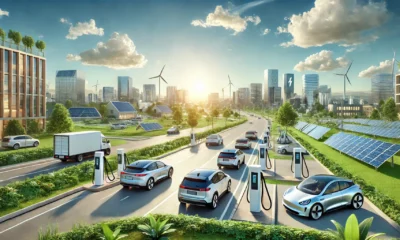
 Blog1 year ago
Blog1 year agoImpact of Electric Vehicles on the Environment and Pollution
-
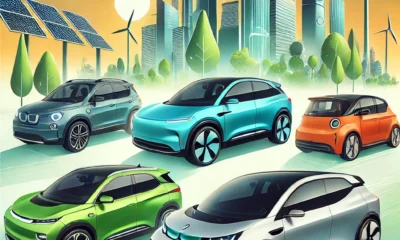
 Blog12 months ago
Blog12 months agoTop 5 best electric vehicles Under $30,000: Affordable Choices for 2024
-

 EV news6 months ago
EV news6 months ago2025 Might Be the Time of EVs in India, Drove by SUV Dispatches
-
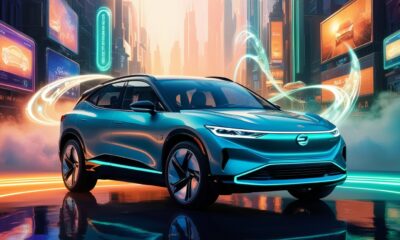
 Blog1 year ago
Blog1 year agoEV Charging Technology: Leading the Electric Vehicle Innovations in 2024
-

 EV news9 months ago
EV news9 months agoOla Electric Offers Massive Festive Discounts on Scooters Starting at ₹50,000
-
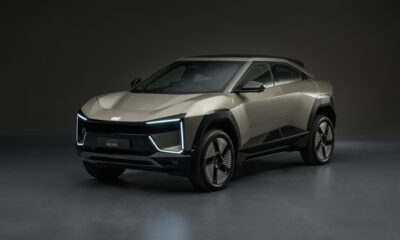
 Blog6 months ago
Blog6 months agoMahindra BE 6 An Intense Move toward the Fate of Electric Versatility




